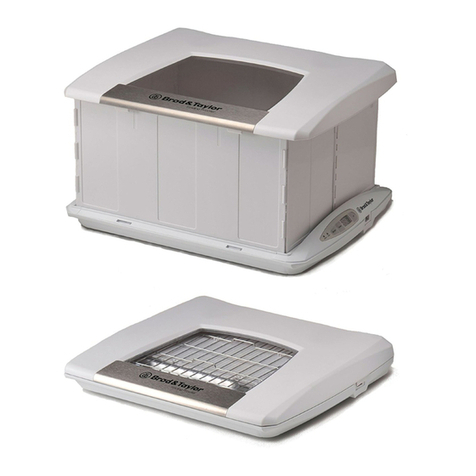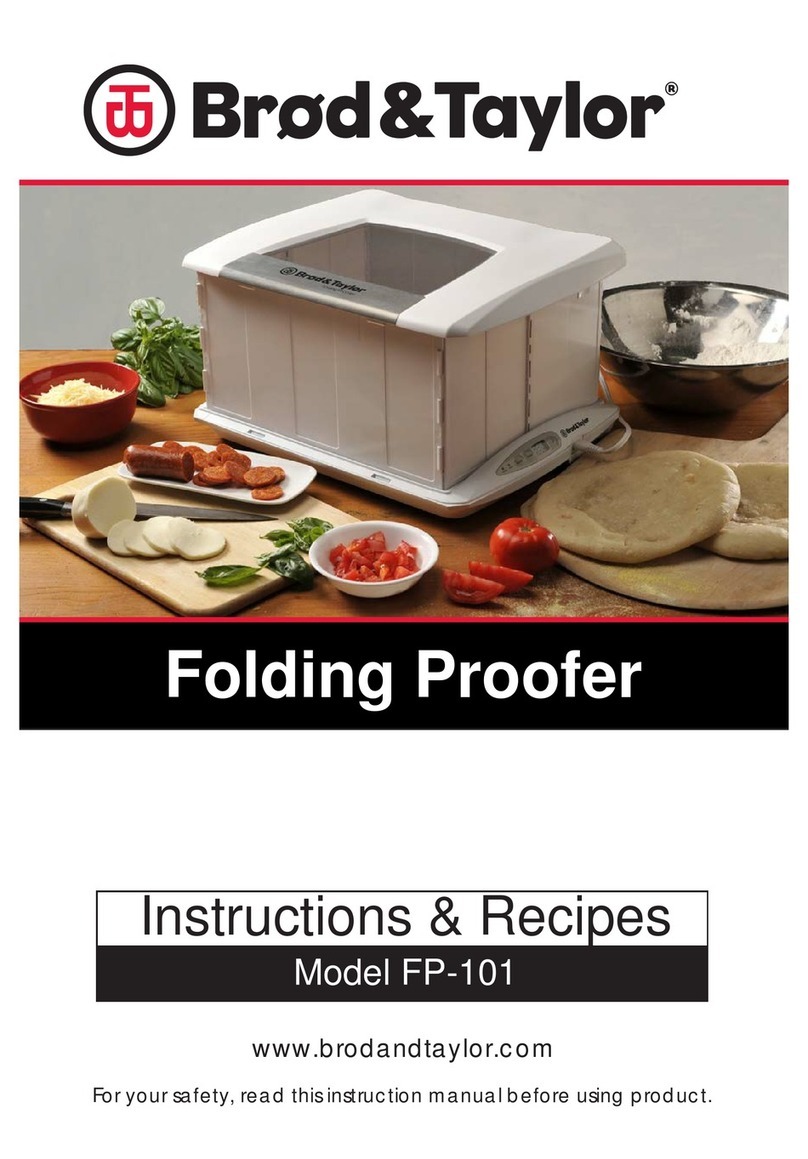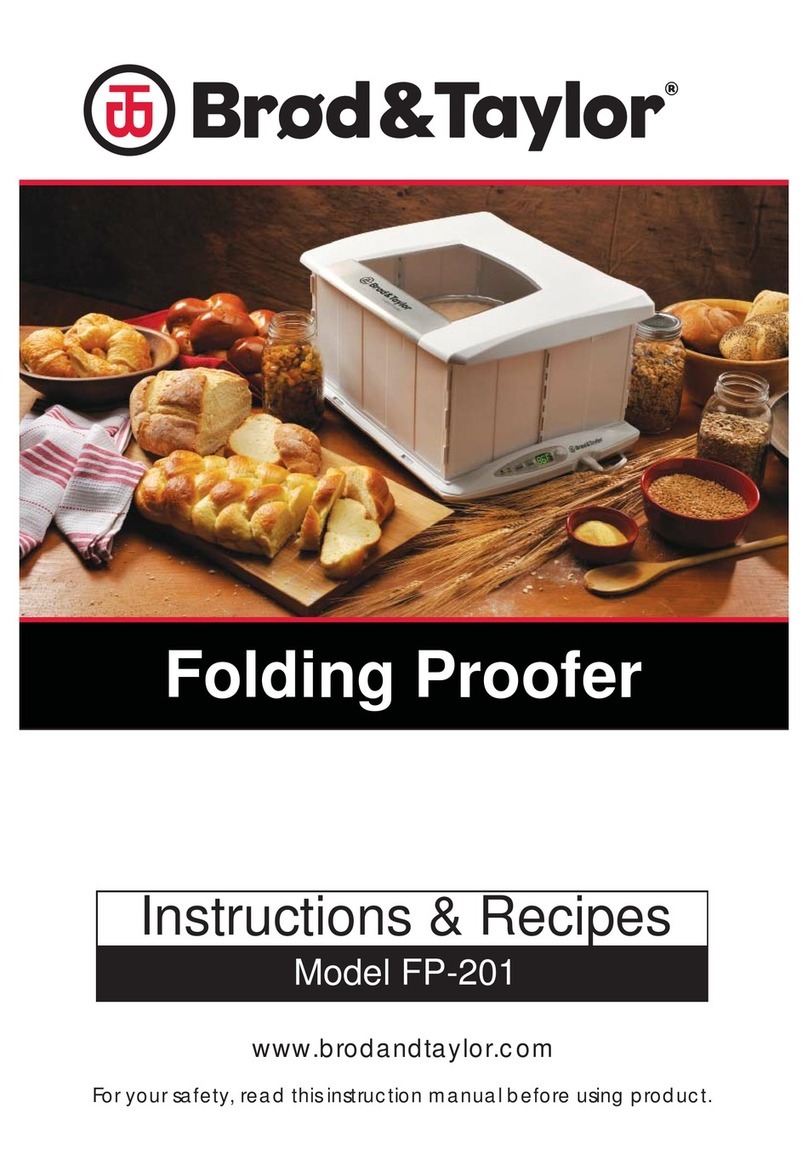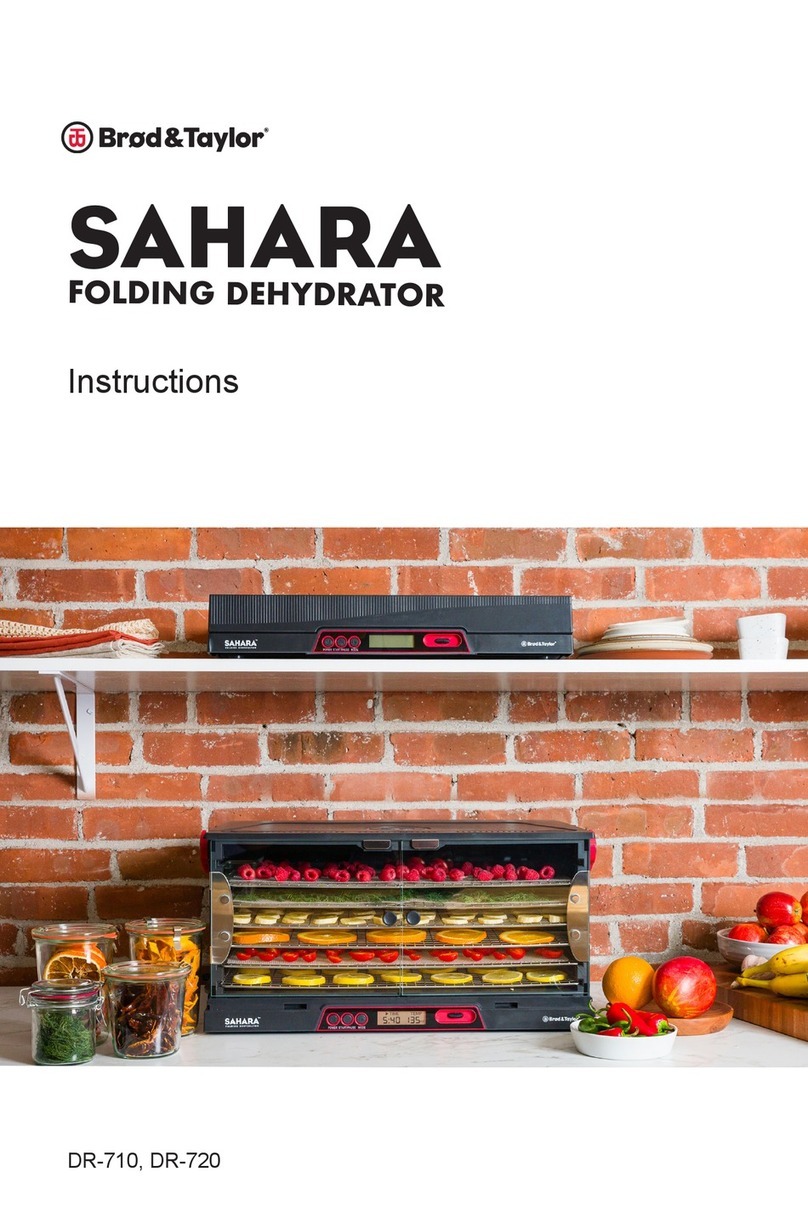Page 3
IMPORTANT
SAFEGUARDS
When using electrical appliances,
basic safety precautions should
always be followed including the
following:
1. Read all instructions.
2. Do not touch hot surfaces. Use
handles or knobs.
3. To protect against electrical
shock do not immerse cord, plugs,
or main housing in water or other
liquid.
4. Close supervision is necessary
when appliance is used by or near
children.
5. Unplug from outlet when not in
use and before cleaning. Allow to
cool before putting on or taking off
parts.
6. Do not operate any appliance
with a damaged cord or plug or
after the appliance malfunctions or
has been damaged in any manner.
Return appliance to the nearest au-
thorized service facility for exami-
nation, repair, or adjustment.
7. The use of accessory attach-
ments not recommended by the
appliance manufacturer may cause
injuries.
8. Do not use outdoors.
9. Do not let cord hang over edge
of table or counter, or touch hot
surfaces.
10. Do not place on or near a
hot gas or electric burner, or in a
heated oven.
11. Extreme caution must be used
when moving an appliance contain-
ing hot oil or other hot liquids.
12. Always attach plug to appliance
rst, then plug cord into the wall
outlet. To disconnect, set control
to “Off”, then remove plug from wall
outlet.
13. Do not use appliance for other
than intended use.
14. This appliance is for household
use only.
15. Do not store any materials,
other than manufacturer’s recom-
mended accessories, in the Proofer
when not in use.
16. This appliance is not intended
for use by persons (including chil-
dren) with reduced physical, senso-
ry or mental capabilities, or lack of
experience and knowledge, unless
they have been given supervision
or instruction concerning use of the
appliance by a person responsible
for their safety.
17. Children should be supervised
to ensure that they do not play with
the appliance.
18. If the supply cord is damaged, it
must be replaced by the manufac-
turer, its service agent or similarly
qualied persons in order to avoid
a hazard.



































